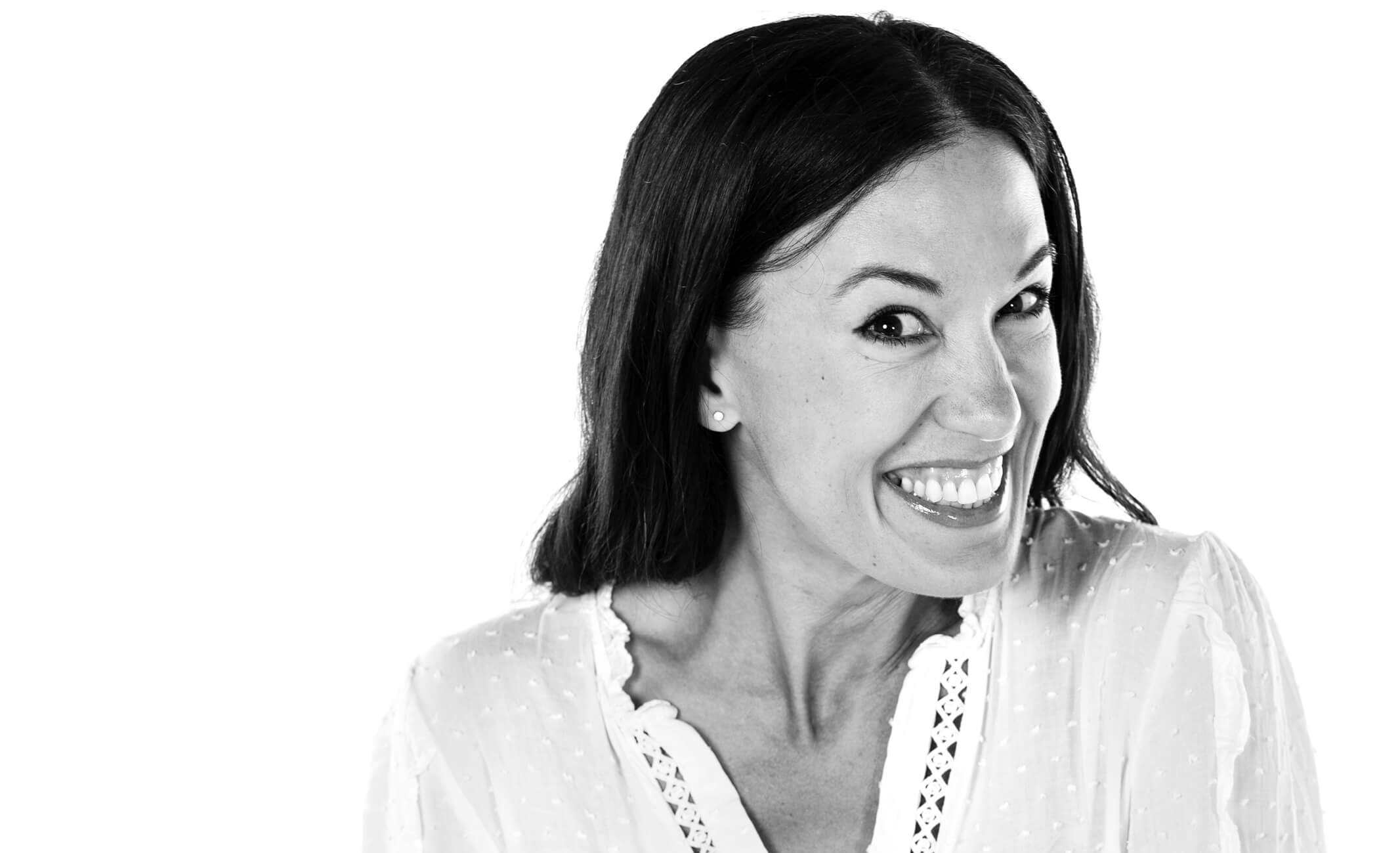Our ‘Thinking Out Loud’ series continues with ITG’s Executive Creative Director, Jo Wilby, who examines the complexities of the client/agency relationship when it comes to briefing and creating campaigns. Jo asks the question: how can clients and client service teams collaborate effectively with us as creatives to find that sweet spot – work we love doing that also delivers amazing results?
Creatives: Do we ever love the work we do for clients? I suspect the answer is ‘Not that often’.
Clients: *shockedface.
I know. Why would creatives be so dismissive about work they’ve spent hours and days and weeks of their life on? Usually it’s thanks to some commonly seen conundrums: a concept that’s been diluted by committee. An idea that is killed after the feedback that it ‘needs to do more’ (translation: say too much). A brief that is only refined after we’ve already presented two stages of creative with the comment: ‘We know what we like when we see what we don’t like’.
Clients and client services alike may lament a creative’s folly, spending precious minutes (hours) nudging, tweaking, a bit left, a little bit right, a bit kerned, a bit redrawn, a tad rethought. We’re accused of being difficult creatures at times, sure, but when we are it’s for good reason; which is to take your beast of a brief and create something your targets are going to see, notice and act upon. No easy task. If it was, you wouldn’t have briefed it.
The best creative output is born out of informed collaboration. Client service teams know client requirements inside out. Strat teams unlock the nugget that step-changes the ask of the brief. And creatives bring it all to life with words, images, motion, experience. And this is it! This is the work we love and, better yet, work that works hard for our clients.
I like to play a casual game of ‘Imagine what that brief was’ (sometimes the thought is painful). For the very best comms out there, I enjoy imagining the process and applaud the bravery of the client who’s done something different that has genuinely captured hearts and minds with standout.
AA’s #thatfeeling campaign, launched after lockdowns, with the woolly-looking dog in front of a fan. Nothing short of joy-making genius. Linking crucial insights around how fatigued we all were with being housebound with the jubilation of being back on the road – brought to life with a dog who was a puppet. There was a whole world of brand yellow, big beats and a bang-on, on-brand message – ‘We’ll get you back on the road’.
But just imagine the brief! I bet it was dry: ‘We want to get more people to sign up to AA now that lockdown is over’. And imagine the first playback – ‘So… we’re thinking of making a puppet animal who sits in front of a fan…’. The fact we got the ad we got is all thanks to insight-led creative bravery.
Or the Spotify campaign some years ago that utilised playlist names made by listeners, and partnered them with a witty response. Again, the game – guess the brief… I bet it included something as functional as: ‘We want more people to sign up to Spotify’. But the response! Something insightful. Utilising UGC to perfection. A typographic response that was powered by their tone of voice. And what happened? People took notice.
Standout comms require bravery. They demand trust in your agency team, that the nugget of insight unlocked, and the bold creative you’ve been presented is worth going with.
Most briefs don’t have big budgets attached and aren’t destined to be high-profile ATL campaigns. Does that mean game over? Categorically not.
Our work lives out there in the real world, in retailers and restaurants, on mobile and through social. Briefs might need to deliver targeted local comms, promote a great deal, bring Halloween to life, evolve your brand. These opportunities are where your brand exists in the actual, personal, physical real world. They’re where the abstract becomes meaningful.
People care about simplicity, ease, inspiration, feeling good – they like a story, a moment to think differently, a bargain. Briefs aren’t beautiful; they’re problems to solve, but their output can be. Our creative is what people encounter as part of their day to day, battling the stresses of the world, a cost of living crisis. Now is the time to make messages meaningful. To make work that raises a smile, helps, prompts a new thought, highlights something useful or important. Work that works. So, what’s the secret?
Find a moment of connection. Trust your team. Be brave.
We love working on projects like these.
Jo Wilby
Executive Creative Director, ITG
For more information about ITG’s award-winning creative team and how they could help unlock the potential of your brand, contact hello@inspiredthinking.group
